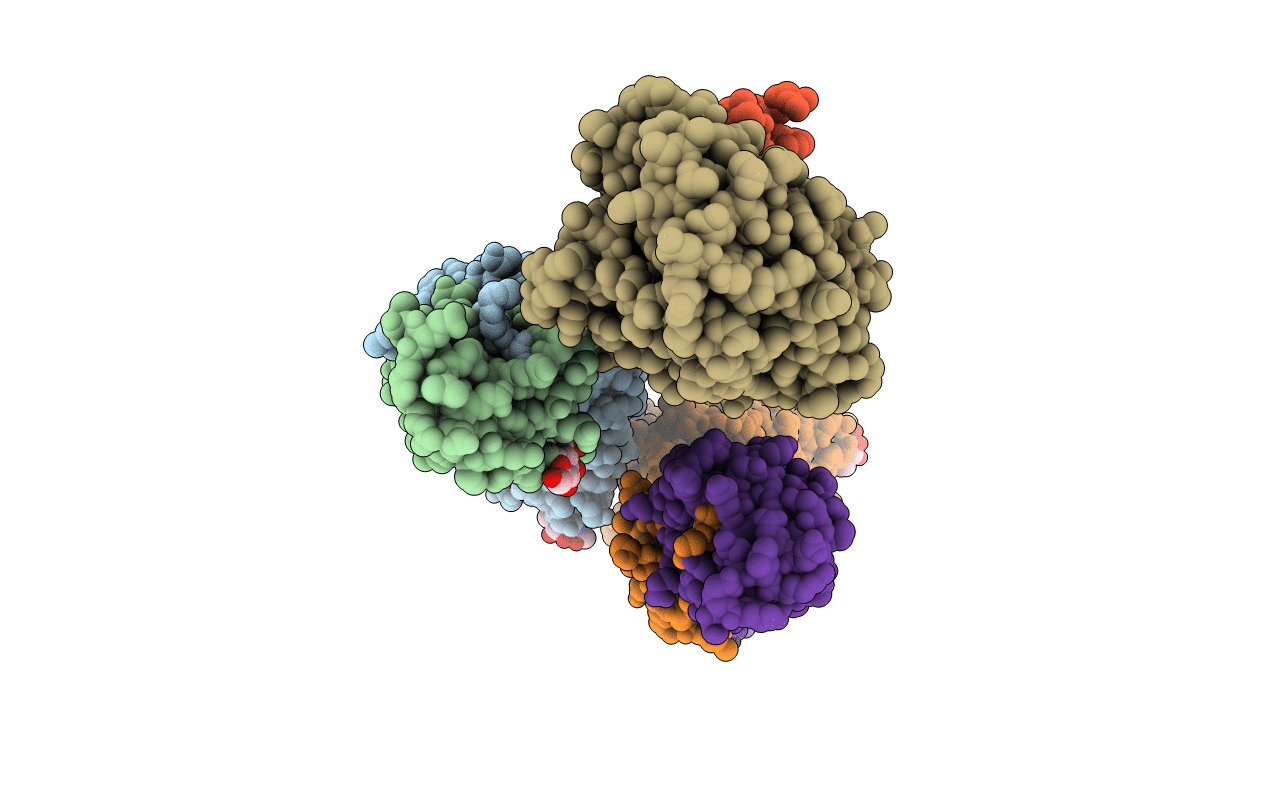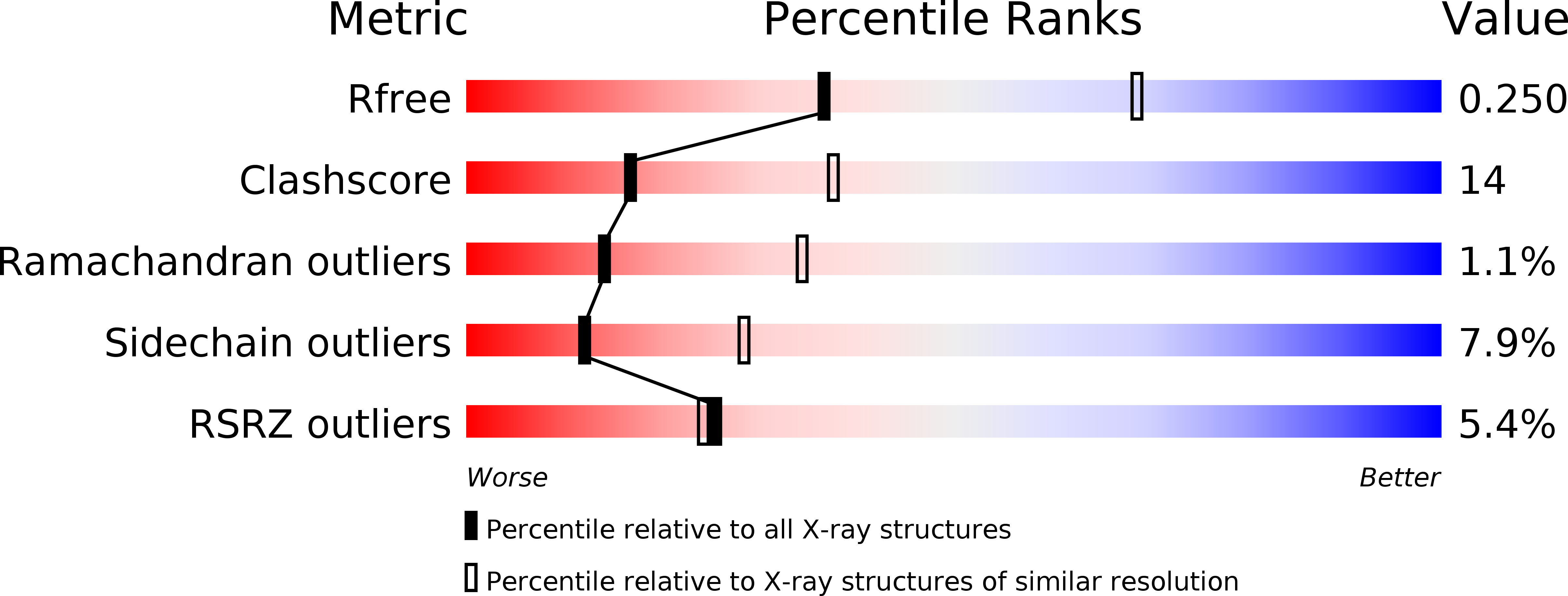
Deposition Date
2013-05-24
Release Date
2014-06-25
Last Version Date
2024-11-27
Entry Detail
Biological Source:
Source Organism:
Influenza A virus (Taxon ID: 610165)
Host Organism:
Method Details:
Experimental Method:
Resolution:
2.70 Å
R-Value Free:
0.24
R-Value Work:
0.20
R-Value Observed:
0.20
Space Group:
P 3


